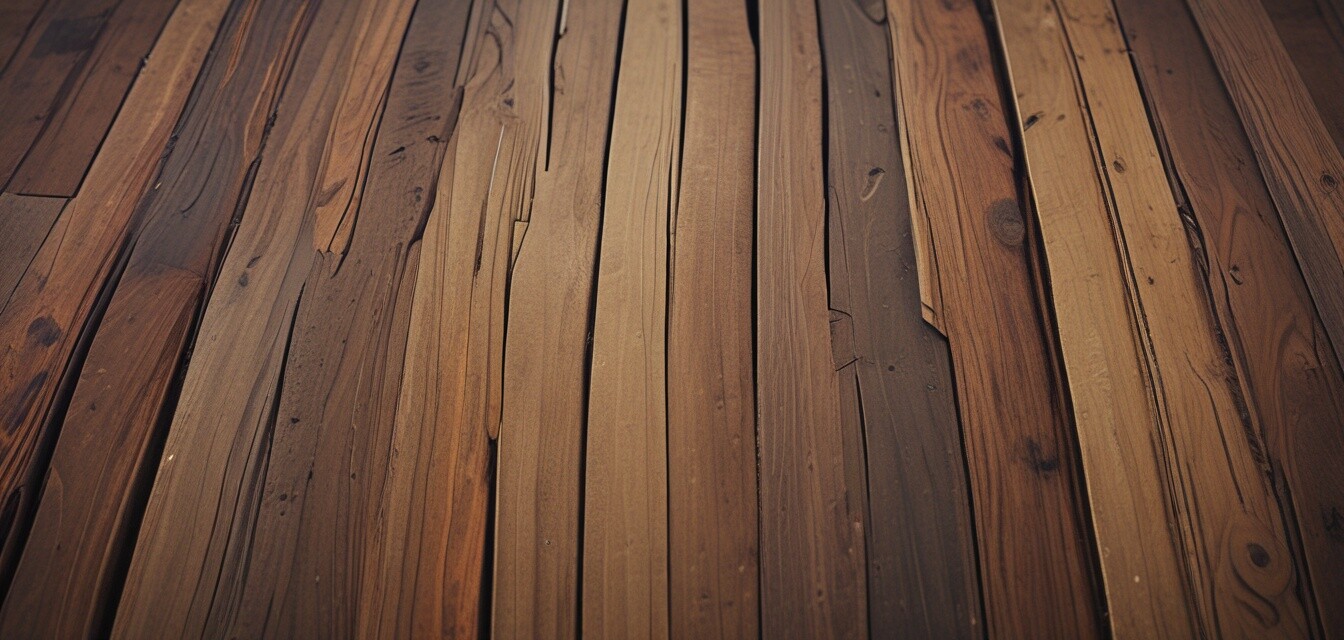
The importance of reclaimed wood in modern design
Key Takeaways
- Reclaimed wood promotes sustainability by reusing materials.
- It adds character and beauty to modern designs.
- Using reclaimed wood supports responsible craftsmanship.
- Enhances the aesthetic appeal of various interiors.
- Contributes to reducing deforestation.
In recent years, reclaimed wood has gained significant traction in the world of design. Far more than just a trend, it represents a powerful move towards sustainability in modern design. This article explores the importance of reclaimed wood, how it revolutionizes modern aesthetics, and its many benefits for sustainability.
Understanding reclaimed wood
Reclaimed wood is sourced from old buildings, barns, and ships that have served their purpose and are now being repurposed. With a unique history and character, each piece of reclaimed wood tells a story, adding depth to any design project.
| Source of Reclaimed Wood | Characteristics |
|---|---|
| Old Barns | Weathered appearance, rich patina |
| Industrial Buildings | Durable, often salvaged hardwoods |
| Ships | Unique grains, resistant to decay |
The benefits of using reclaimed wood
Incorporating reclaimed wood into modern design has several benefits:
- Sustainability: By reusing existing materials, reclaimed wood reduces the need for new lumber, helping to conserve forests and natural resources.
- Unique aesthetics: Reclaimed wood features distinctive grains, colors, and textures that can't be replicated in new wood.
- Durability: Many older wood species tend to be denser and more durable than commonly used new woods.
- Reduction of waste: Utilizing reclaimed materials helps keep them out of landfills.
- Support for craftsmanship: Often, reclaimed wood is crafted by artisans who value quality and sustainability.
How reclaimed wood affects modern design
Reclaimed wood significantly impacts modern design in various ways:
1. Versatile applications
Its adaptability allows reclaimed wood to be used in:
- Furniture
- Wall coverings
- Decorative accents
- Custom builds
2. Aesthetic variety
Reclaimed wood provides various aesthetic styles, including:
- Rustic charm
- Modern minimalism
- Industrial chic
3. Natural warmth and character
The inherent qualities of reclaimed wood bring life to spaces, adding warmth and character that new materials often lack.
How to incorporate reclaimed wood in your designs
Here are some tips on using reclaimed wood effectively in your projects:
Beginners' tips for incorporating reclaimed wood
- Start small: Consider using reclaimed wood for accent pieces before taking on larger projects.
- Embrace imperfections: The beauty of reclaimed wood is often in its historical marks.
- Mix with other materials: Combine reclaimed wood with metal or glass to create a modern look.
- Consider finish: Use eco-friendly finishes to enhance and protect the wood.
Best practices for sourcing reclaimed wood
When looking for reclaimed wood, choose reputable suppliers that emphasize:
- Quality materials
- Responsible sourcing
- History of the wood
- Eco-friendly processing methods
Conclusion
Reclaimed wood not only enhances the beauty of modern design but also aligns with the core principles of sustainability. By understanding its unique characteristics and benefits, you can make informed choices that significantly contribute to a healthier planet. As the demand for sustainable practices grows, the use of reclaimed wood is becoming a staple in responsible design. To explore more about sustainable practices in the wood industry, check out our articles on sustainable practices, wood finishing products, and custom wooden projects.
Pros
- Environmentally friendly and sustainable.
- Unique aesthetic appeal.
- Durable and often of higher quality.
- Supports local artisans and sustainable craftsmanship.
Cons
- Can be more expensive than new wood.
- May require additional treatment or finishing.
- Availability can be limited.